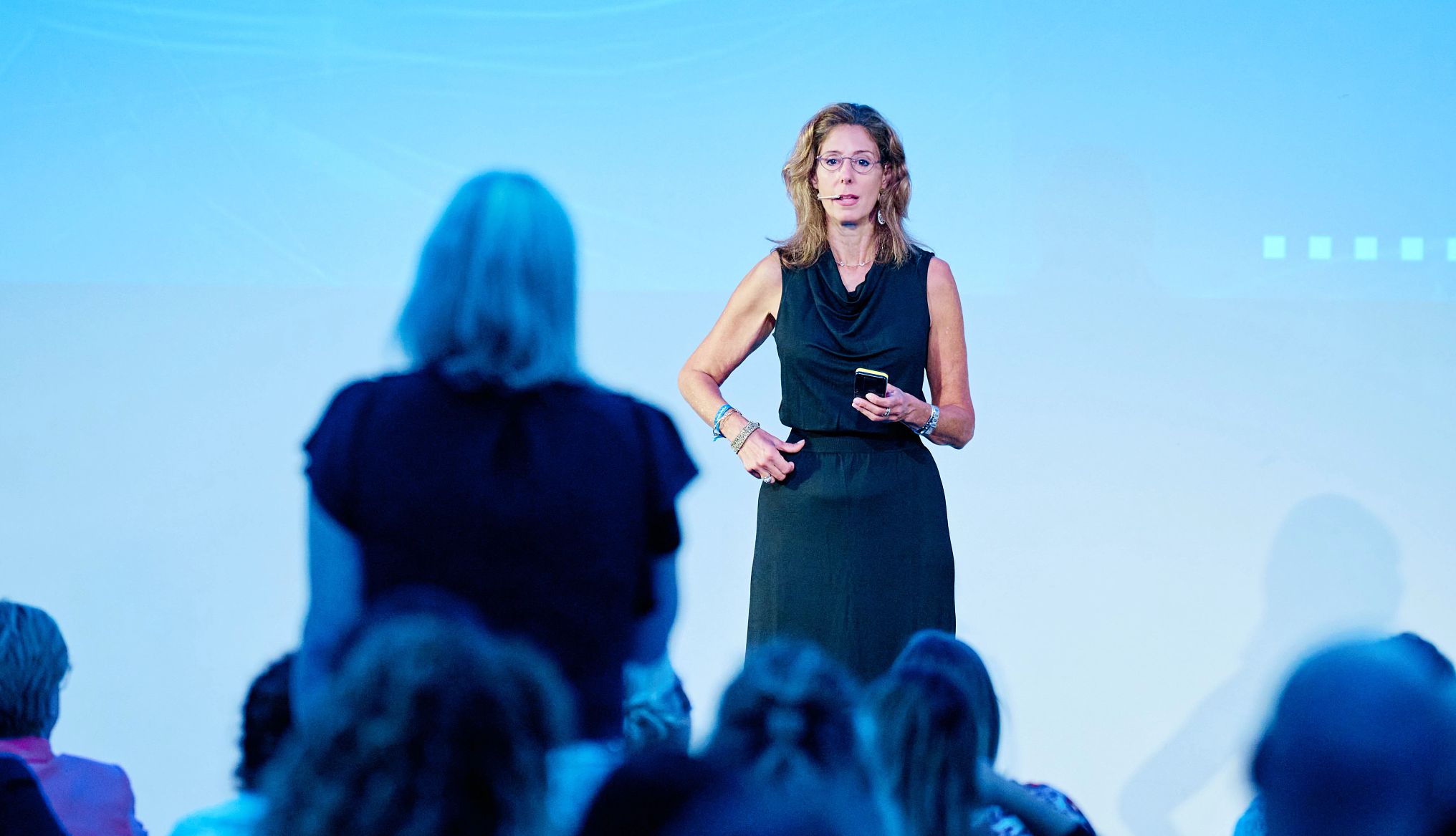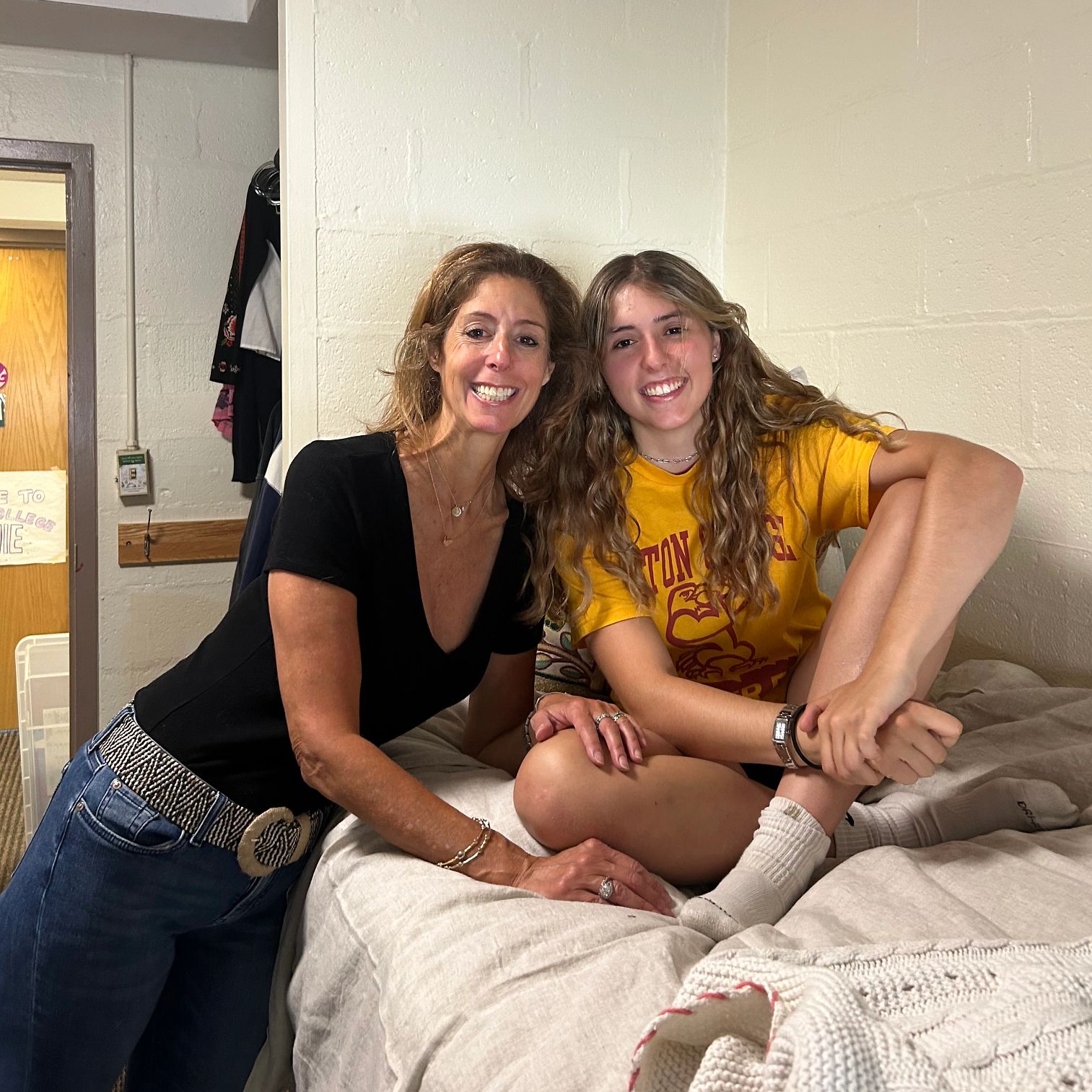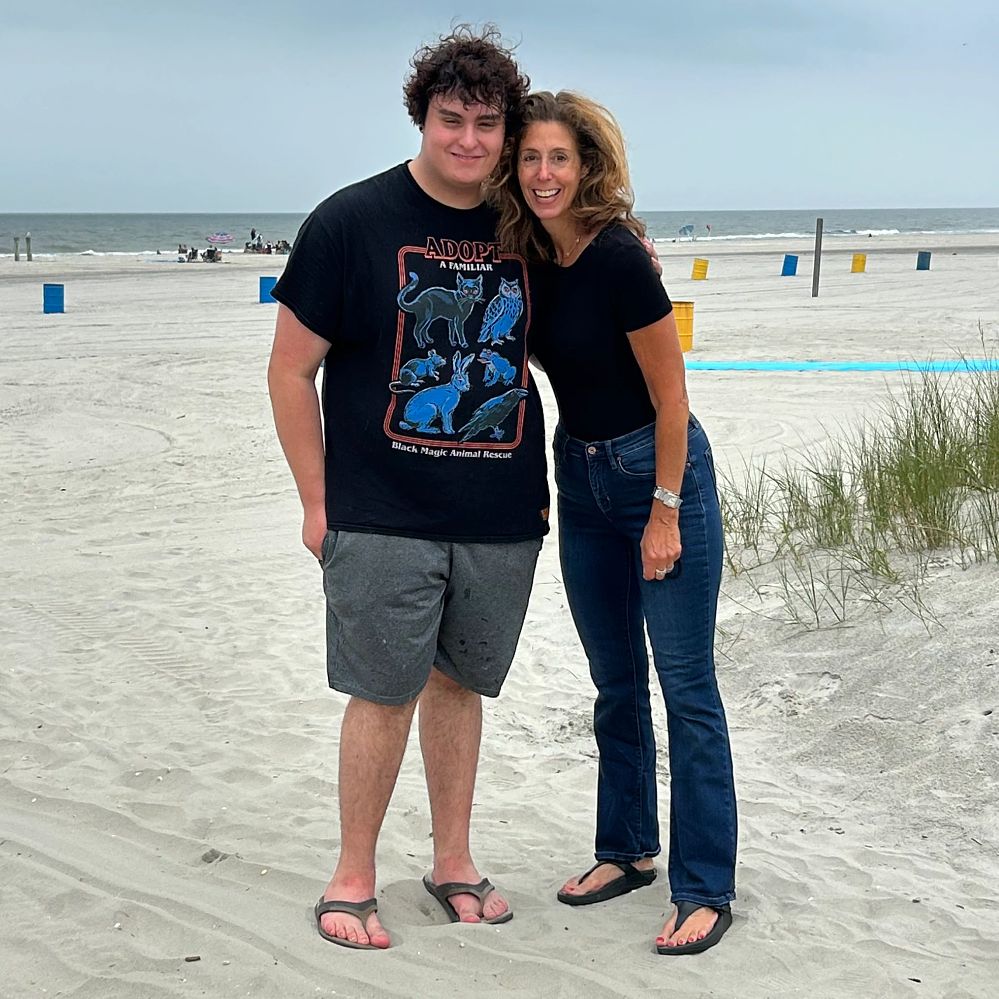AARP Hearing Center


This is the second installment in a series. Read her first column, which covers her introduction to manifestation, here. Read her third column, which touches on some of the lessons she’s learned, here. Read her fourth column, which chronicles her meeting with self-help guru Deepak Chopra, here. Read her fifth column, which covers her meeting with a spiritual medium, here.
It’s the moment I’ve been waiting for — my first keynote speech, a paid opportunity booked by my new agent. This is my big chance to launch a lucrative side hustle and leave unemployment behind.
But nerves are taking over. I barely slept, and the six-hour time difference between Washington, D.C., and Mallorca, Spain, has my body clock in turmoil. At 2:30 a.m. my time, my heart pounds as the tech adjusts my mic.
The emcee introduces me. I step onto the stage, jittery from too much coffee, staring into blinding lights. The room is packed with 300 travel tech executives, but I can’t see past the first row. My carefully prepared slides guide me, but my throat tightens, and I stumble over the data. A bearded man in the front row yawns. The emcee interrupts me to hand me water, her expression confirming what I fear — I’m bombing. A full-blown panic attack strikes, but I must push through the next 45 minutes, plus 15 for a Q&A.
Finally, it’s over. I sit back down in the audience, deflated and drained, cortisol surging through my system. No one offers a word of encouragement. It’s one of the lowest professional moments of my life. But I know exactly what to do next, thanks to the new technique I learned through my manifestation coaching.


Roll the tape back
Ten days earlier, writer and mentor Suzanne Eder and I had our second Zoom session on manifestation, the practice of using positive thoughts to improve your life. I was in a dark place that morning, and not for the first time. Over the years, I’ve learned to smack away the blues by prioritizing sleep, healthy eating, exercise, girl talk and a low dose of anti-depressant. But with so much uncertainty about my home, job and future, discouragement prevailed.
My setbacks were like the thought version of earworms, those catchy tunes stuck on repeat in your head. Several promising house showings fell through, prompting you’re never going to sell your house. Worse, the slides for my upcoming keynote suddenly needed major overhauling, spurring you’ll blow your big chance and publicly humiliate yourself in front of 300 people. (Little did I know …)
“I wish I could be more flexible about the things in my life that are out of my control,” I lamented to Eder.
“Watch the self-judgment — it never helps,” she said gently, and not for the first time. Apparently, it’s my pattern. “Reach for the happiest thought that you can. The better we feel, the better life goes. Identifying what you want pre-paves your future.” This is the big theme of her TED Talk, “The Dark Side of Self-Improvement.”
Eder coaches me to make healthy choices with my thoughts, just as I do with my other habits. Positive self-talk is one of the three keys to manifesting, along with visualizing and acting “as if” until you truly believe it.
Why it’s important to be gentle with yourself
The benefit of positive self-talk is well known. As we grow up, our minds are “programmed” by experiences and the messages we receive. Cognitive behavior therapy is a therapeutic approach designed to identify and challenge negative thought patterns. It counters negativity bias, a natural tendency to focus on negative stimuli. By replacing harmful self-talk with optimistic and constructive language that emphasizes success and personal responsibility, we can rewire our brains. According to neuroscience, creating new neural connections through repeated positive thinking can help overcome negativity, as neurons that fire together wire together.




































































You Might Also Like
From Years of Pain to Unlikely Salvation
At 53, Sandra Carlson was wracked with unbearable pain. She and husband Travis tried everything they could think of
How to Overcome Middle-Age Traveler’s Guilt
Feelings of remorse can arise when the responsibility of caring for loved ones is left behind
Her Quick Morning Walk Became a Three-Day Ordeal
How this woman shocked her rescuers by surviving in the wild